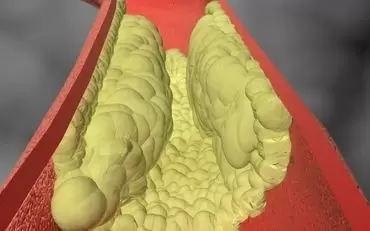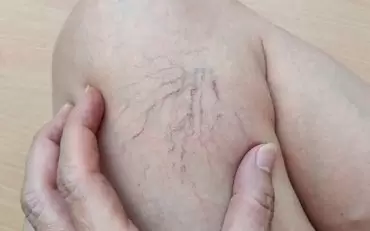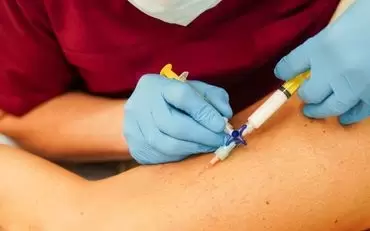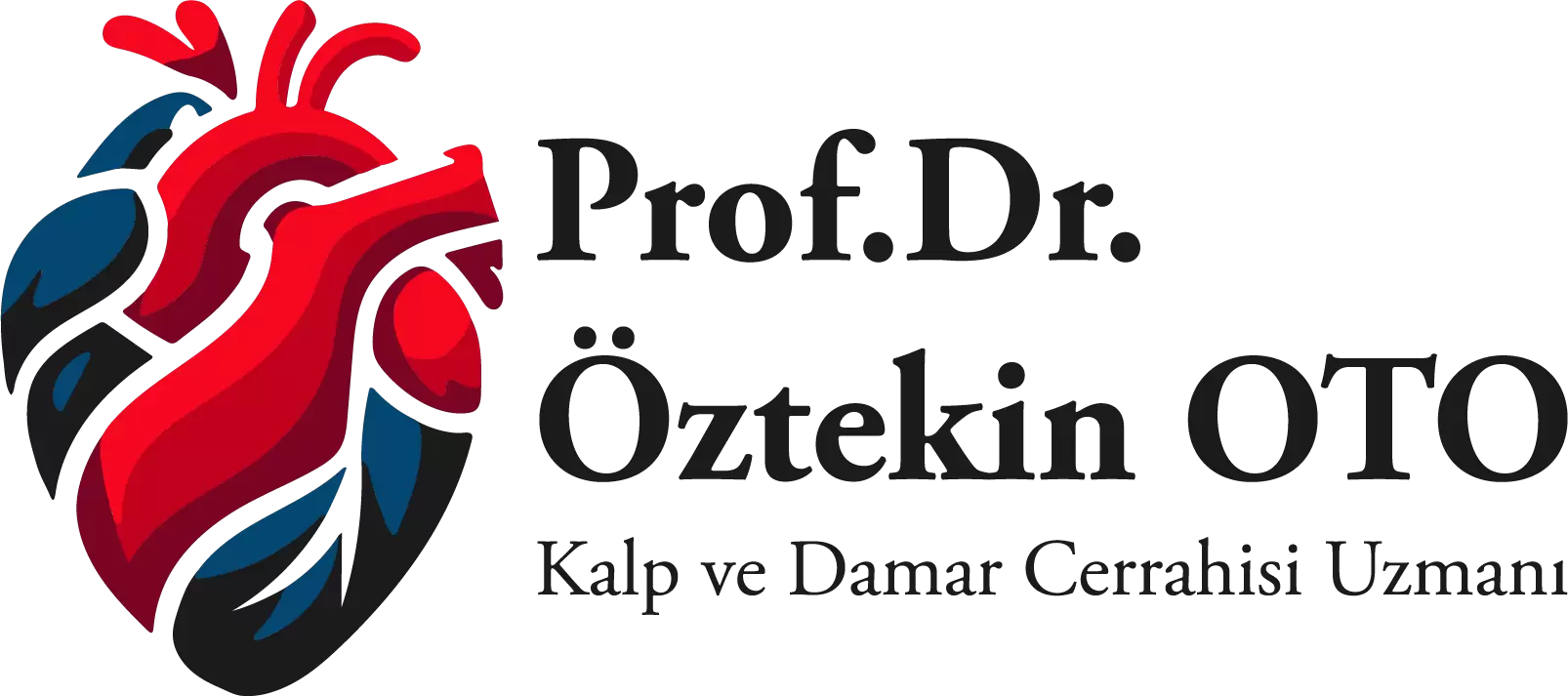29 Oca
Genital Varices
Son değiştirilme tarihi: 09 Oca 2026
Genital Varices
Genital varices, which are generally common in women and which cause chronic pain in the pelvic area, occur in almost 30% of the population. In this condition, which is also named as the pelvic congestion syndrome, varices develop in the lower abdomen within the pelvis and around the female genital organs. Although the cause of the problem is not fully understood, it is a condition, which is required to be treated in order not to decrease quality of life.
How do genital varices develop?
Varices are a result of the impairment or dysfunction of the valves, which help to prevent back-flow of blood in the veins, due to several reasons. When the valves do not work correctly, there occurs back-flow of the blood and blood is pooled down under the gravity effect and thus the veins get deformed. As the pressure increases, the veins are enlarged and ultimately varices develop. When this pressure affects the nerves, it results in severe pain.
Varices in the genital area are very similar to those on the legs. They both have a similar progression and the valve system of the veins is impaired and becomes dysfunctional. When the genital varices are not treated, there is higher risk of their development around the uterus and the vagina.
How do varices develop in pelvic congestion syndrome?
Although cause of genital varices is not fully understood, studies indicate certain factors related to the development of pelvic congestion varices such as:
- anomaly at the vein anatomy
- hormonal causes: Vessel wall is generally enlarged due to hormones during pregnancy. As a result varices may develop. This may also be the case during menopause.
- It may also develop during pregnancy, as the vascular structure is impaired due to increase in body fluid and weight.
Genital varices, which are more common in women, occur due to the pressure to the veins caused by change in the hormonal balance, weight gain and fluid retention during pregnancy. This condition, which commonly develops between the age group 20-45 in multiparous women result in severe pain sensation.
What are the symptoms?
Symptoms of genital varices are similar to those on the legs. Main symptom is chronic pain. Other symptoms of pelvic congestion varices are:
- pain during or after sexual intercourse
- abnormal level of menstrual bleeding
- swelling in the external genital area
- varices in the genital area
- vaginal discharge
- contact pain in the lower abdomen
- back pain
Genital varices in women cause not only physical problems but also psychological problems associated with their sexual lives. Therefore, it is recommended to take the necessary measures and not to delay the treatment. Treatment method for the genital varices is decided after a thorough examination based on the location and extent of the varices. Today, embolization is the choice of treatment for the genital varices.
What is embolization (Sealing)?
Embolization is a procedure to seal the vessels. It is a controlled procedure and is applied in the following conditions:
- aneurysms
- traumas
- cancer
- gastrointestinal bleeding
- postpartum bleeding
- liver bleeding
- genital varices
Before the embolization procedure, overall health status of the patient is assessed and the embolization site is investigated with different imaging modalities such as ultrasound, venography, computed tomography and MRI.
During the embolization procedure for genital varices; a special catheter is inserted inside the insufficient vein from the groin. The catheter is later removed after the vein is sealed both with a metal and a liquid material. This procedure takes between 30 minutes to 3 hours depending on the location of the varix and condition of the vessel.
Embolization procedure is more comfortable to the patient when compared to surgery. It also offers a permanent treatment option for the patient, without the need for any incision and general anesthesia.
Is there an alternative treatment to embolization?
Although genital varices are mainly due to structural disorders in the veins, in some cases they also may develop due to high pressure inside the vessel. This problem is generally caused by clotting and is treated with the stenting procedure.
Related Articles

What is LDL Cholesterol?
LDL cholesterol is also named as the bad cholesterol. After the age 20, everyone must have their LDL..
Read More
What is Varix?
Varix is a severe disease of the veins mostly delayed in treatment as it is generally considered as ..
Read More
What is Sclerotherapy
As a health condition affecting half of the population today, new diagnosis and treatment modalities..
Read More




